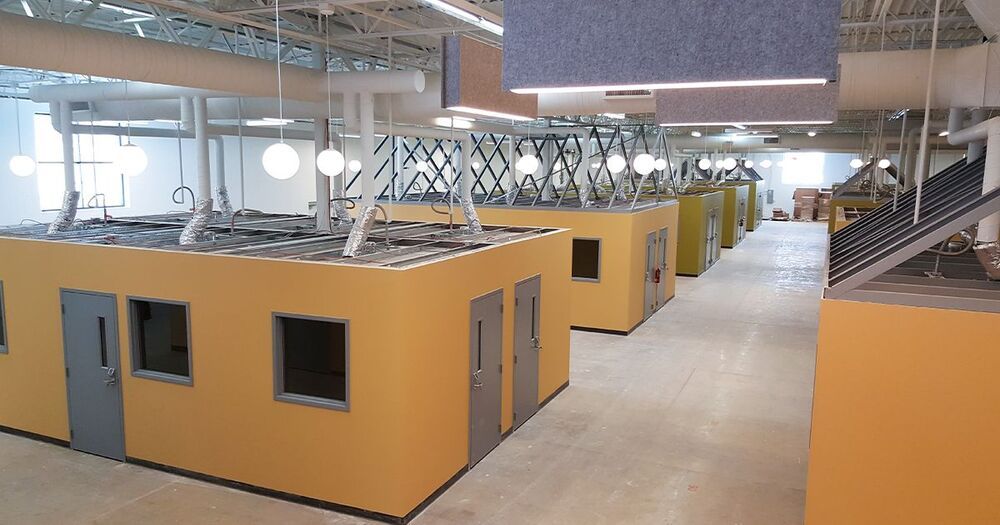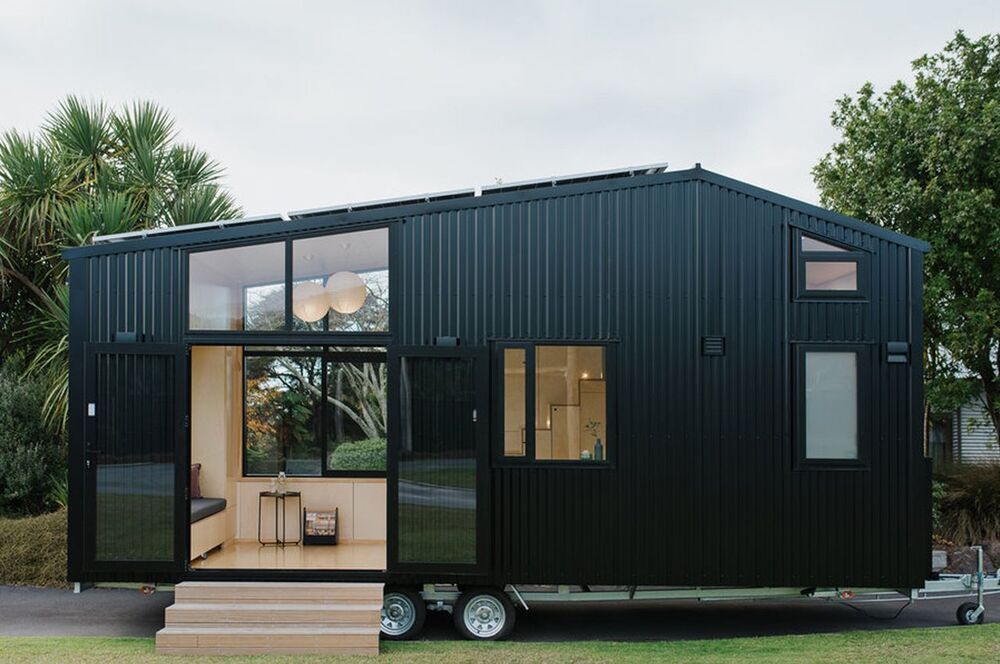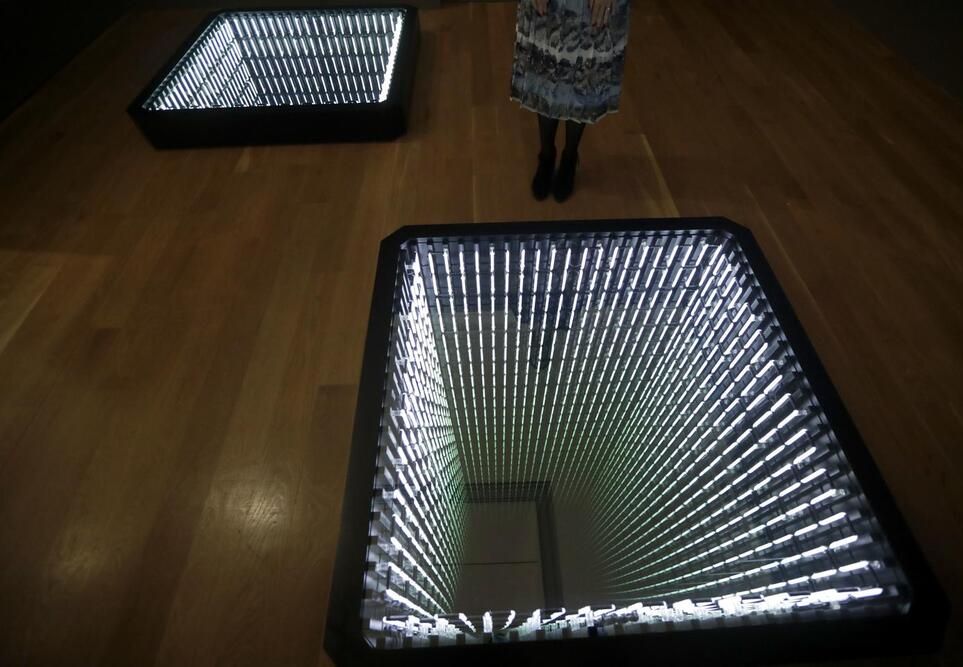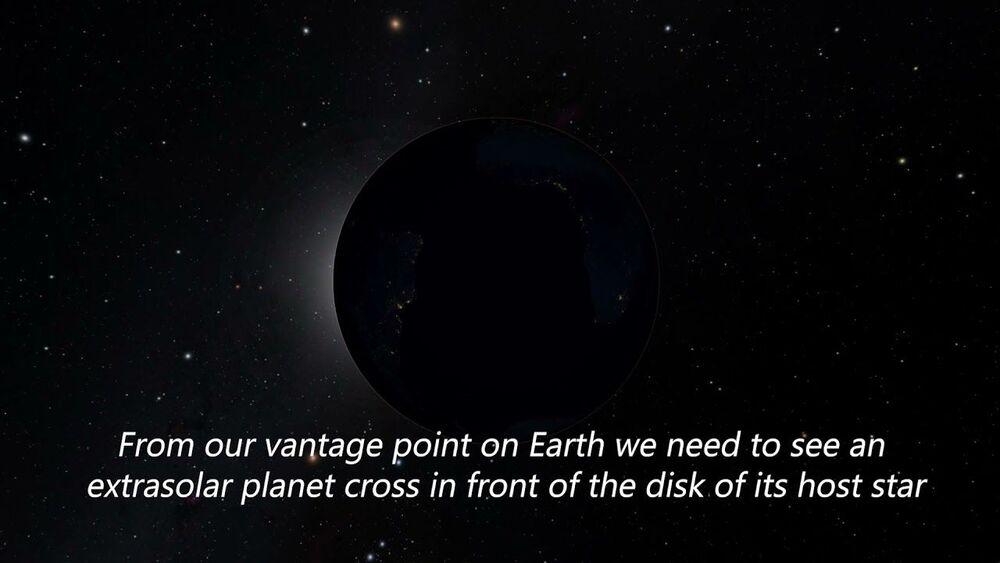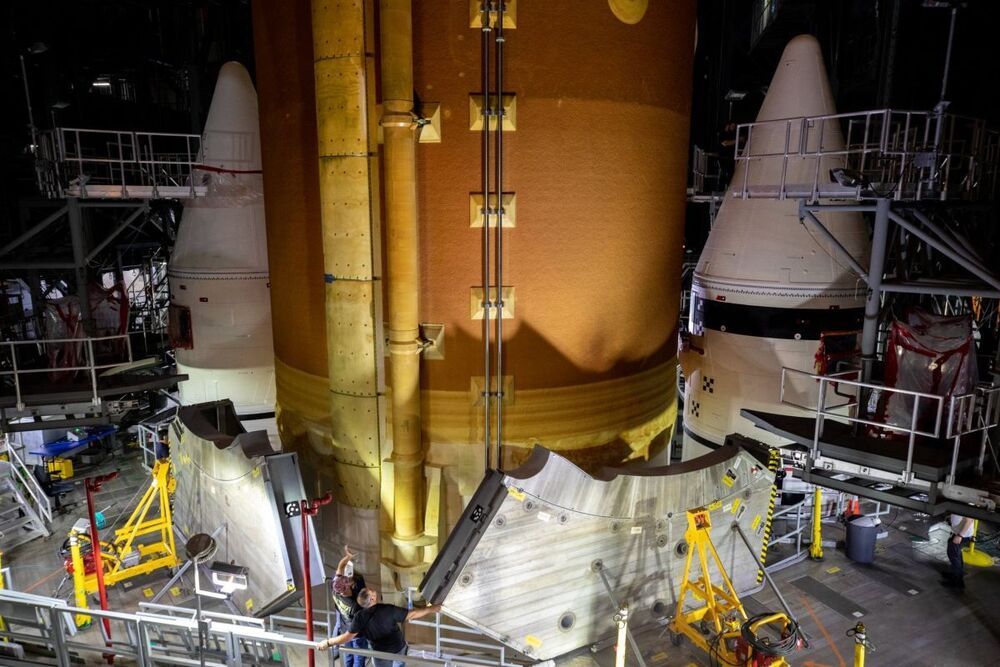## FUTURE TENSE RN ABC (AUDIO 29 MIN) • JUN 27, 2021.
# Some foresight about.
the future of foresight.
*Trying to predict the future is a timeless and time-consuming pursuit.*
Artificial Intelligence is increasingly being enlisted to the cause, but so too are “super-forecasters” — a new coterie of individuals with remarkable predictive powers.
But what are their limits and what does their rise say about the still popular notion of collective intelligence — the wisdom of the crowd?
Future Tense looks at the changing role of humans in forecasting.
GUESTS
Associate Professor Oguz A. Acar — City University of London.
Dr Steven Rieber — Program Manager, IARPA, Intelligence Advanced Research Projects Activity (US)
Professor michael horowitz — director, perry world house, university of pennsylvania.
Bruce Muirhead — CEO, Mindhive.
Camilla Grindheim Larsen — researcher and consultant, Bergen Public Library (Norway)
Duration: 29min 6sec.
Broadcast: Sun 27 Jun 2021, 12:30pm.
SEE ALSO
Mind Hive.
https://www.web.mindhive.org.
Thanks too folkstone design inc. & zoomers of the sunshine coast BC
#Forecasting #AI #Humans #MindHive.
Trying to predict the future is a timeless and time-consuming pursuit. Artificial Intelligence is increasingly being enlisted to the cause, but so too are “super-forecasters” – a new coterie of individuals with remarkable predictive powers. But what are their limits and what does their rise say about the still popular notion of collective intelligence – the wisdom of the crowd? Future Tense looks at the changing role of humans in forecasting.
